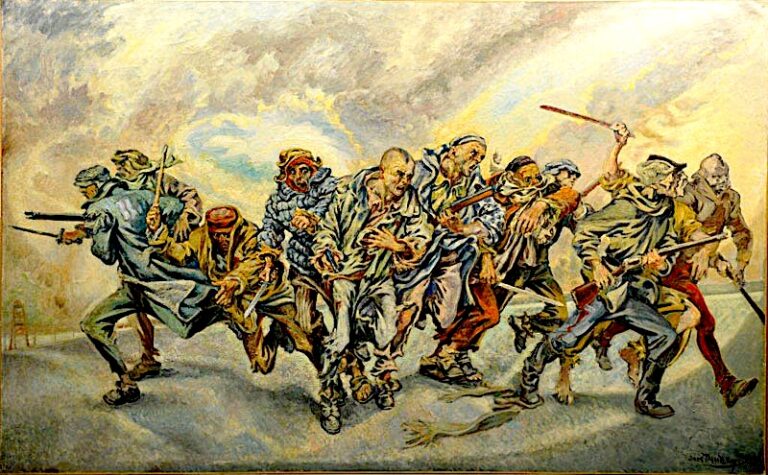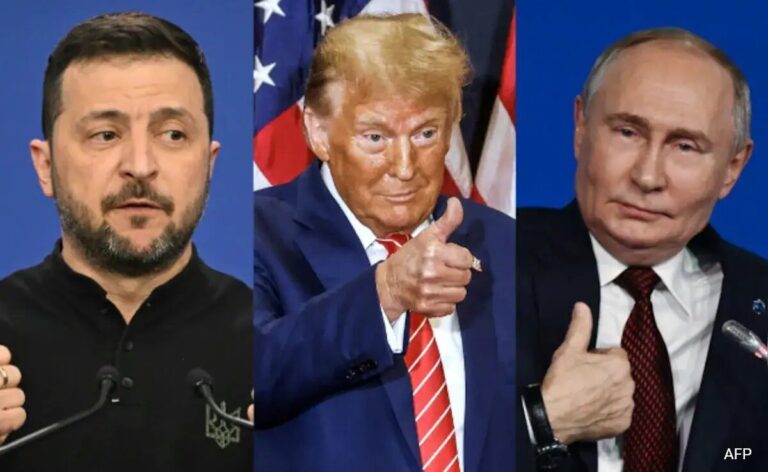Escalating trade war and the West’s falling competitiveness
The global trade war is escalating. China’s President Xi Jinping has pledged $50bn in funding to the African continent over the next three years, and announced that Beijing was elevating ties with countries there to the “strategic level.”
Moreover, he has promised to cut all import tariffs from these countries to zero. This comes after both the EU and US have imposed steep trade tariffs on Chinese imports of EVs. And last week Prime Minister Justin Trudeau announced that Canada will impose a 100% tariff on Chinese EVs and a 25% tariff on steel and aluminium in October.
China’s BYD burst on the scene last year with soaring EV exports that they can produce cheaper than in the West and have superior battery technology – BYD cars now have a maximum range of 2,000km – and comparable software. Unable to compete, the West has simply closed its borders to imports to protect its domestic producers but even that is not going well. VW just announced it will start closing some German factors in an effort to cut costs.
This is not a war story. It’s simply an admission that the West is becoming increasingly uncompetitive and the only way to “survive” is to resort to protectionist trade policies.
Why is this happening? Several things go into the pot.
First and most obviously is that thanks to the war in Ukraine, the EU in particular, which, unlike the autarkic US, is input deficient. It is too densely populated to produce enough raw materials to meet its own needs and so remains reliant on the import of a lot of basic stuff from oil & gas to metals and chemicals – a lot of which used to come from Russia. Now it doesn’t the EU is put in the bizarre position where it has to import coal from Australia and petrol from India (which started life as Russian crude but had an identity change on a ship).
I’ve said it before: sanctions on Russia are not sanctions, they are distortions. In what used to be an efficient market, there are now premiums that the EU have to pay on its basic needs, whereas, Russia is offering discounts to friendly countries of up to 16% on oil for one. Add these together and the Emerging Markets (EMs) are enjoying something like a 20% energy cost advantage over the Western producers – that is a huge advantage. No wonder that the West can no longer compete and Germany for one is deindustrialising.
In the 1990s the US used to have this thing they called “non-market economy” and complained that products from countries like Russia were unfairly competing with Western goods as they enjoyed such cheap domestic energy tariffs so the US slapped import duties on these goods. What has happened now is once again all the goods coming from the east are enjoying the same energy cost advantage, but this time no one in the West is complaining about it as it’s due to sanctions we imposed on Russia and are determined to tighten them even more.
Another factor is the tit-for-tat trade tariff regimes that are emerging. If China is serious about dropping import tariffs on the less developed countries (LDCs) then there is another spread emerging between expensive goods from the West thanks to tariffs, and much cheaper goods from Africa without tariffs. That will drive more trade inside the tariff-free block and given the economic benefits of the so-called comparative advantage then it will increase the overall wealth of the participating countries faster than those inside the trade tariff walls.
The EU’s new Carbon Border Adjustment Mechanism (CBAM) is also a tariff, albeit one motivated by environment concerns and not protectionism, but it’s another tariff and tariffs are actually a tax on the consumer as they make goods more expensive than they are in other markets, which in turn drives up the cost-of-living and slows growth. Global inflation is already a problem and these tariffs will make it worse.
Government subsidies are another distortion that undermines the market. China has been accused of massively subsidising the development of its EV business to give it a competitive advantage. But the US is doing exactly the same thing as part of its IRA (Inflation Reduction Act) that is providing massive subsidies to things like the chip industry to keep it on top. This is an old tactic whereby a government subsidies an industry to put its opposition out of business and then hikes prices when there is no one left. The investors of the solar panel, the Germans, have already been through this and seen that industry destroyed by cheaper Chinese producers. The government in Berlin recently decided not to subsidise its producers and give up on the business as it cant afford the billions it would cost to
keep them going.
Finally, maybe the biggest factor is the massive differences in wages between the north and the south. A recent study published in Nature Communications developed markets of the West are bleeding the Global South of wealth thanks to massive differences in nominal wages for centuries. But this too is starting to change.
Thanks to almost two decades of globalisation, workers in the Global South contribute a whopping 90% of the labour that powers the world economy, and 91% of labour for international trade but only receive 21% of the revenues, the study says.
But the really surprising result is that this is not just limited to textile sweatshops in Myanmar, but increasingly these factors are powered by middle and high technology skills. If the Global South’s labour were valued in terms of Northern wages by skill level, it would total €16.9 trillion in 2021, or €310 trillion over the period from 1995 to 2021. If they earned as much as a western then these economies would rapidly surpass the West in terms of nominal GDP size.
And wages are rising fast in the Global South, which in turn funds the emergence of a new middle class that drives further economic development. Russia used to export a lot of its manufacturing to China, but Chinese wages overtook those of Russian about a decade ago, which spurred a boom in manufacturing investment in Russia as it became cheaper to employ Russians than hire a factory to do the work in Guangdong.
Wages are still lower in the Global South than in the West, but as these factories go up the value chain production is expanding thanks to a burgeoning domestic market that is leading to more competitive exports of better quality goods – products that again the Western producers can’t compete with.
Technology plays a role here, but the US seems to have miscalculated with its attempt to use administrative means to keep its technology lead with the CHIPS act and other measures. All that has happened is it has driven Chinese firms to cooperate intensively and innovate. US export controls on technology exports to China have backfired, hurting US technology companies, and have been unsuccessful in cutting China off from the technology, thus driving innovation in China’s technology sector, according to a report from the Federal Reserve Bank of New York. China used to import $400bn of Western technology; now it exports $70bn a year of its own technology.
As bne IntelliNews reported, the world is becoming increasingly fractured, breaking into two camps centred on Washington and Beijing, but if China drops its tariffs, as are other non-Western organisations like Putin’s Eurasian Economic Union (EUU), then a now Global South tariff free trading block emerges that can produce increasingly more competitive products. All the money remains in the West for now – the EU plus just the Eastern seaboard US states account for 50% of global GDP by themselves – but all the growth will be in the Global South. According to a study by KPMG, China has already overtaken the US in adjusted GDP and India is about to, but the same study says both will overtake the US in nominal terms as well by 2075.





